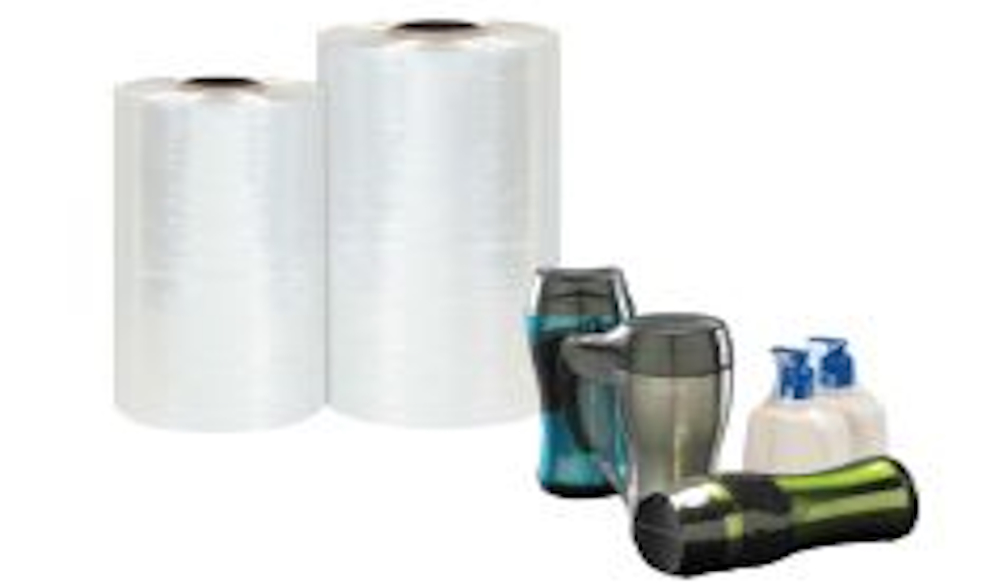Title Innovative Uses for Shrink Wrap Beyond Traditional Packaging

Shrink wrap, often associated with packaging and protecting products, has evolved beyond its traditional applications. While it’s commonly used to secure items for shipping and storage, shrink wraps have a multitude of innovative uses that extend into various industries and everyday tasks. This article explores some creative and practical applications of shrink wraps that go beyond conventional packaging.
1. Protecting and Preserving Seasonal Items
In Australia, where seasonal changes can be quite dramatic, shrink wraps offer a practical solution for preserving seasonal items. For example, outdoor furniture, garden tools, and BBQ equipment can be wrapped in shrink wrap during the off-season to protect them from harsh weather conditions, dust, and moisture. This not only extends the lifespan of these items but also reduces the need for extensive cleaning or repairs when they’re brought back into use.
2. DIY and Home Improvement Projects
Shrink wraps have found a place in DIY and home improvement projects due to their versatility. One innovative use is for creating custom-sized plastic windows in temporary structures or during home renovations. By applying shrink wrap to wooden frames, you can create an insulated barrier that helps to manage temperature and reduce drafts. This technique is especially useful in Australia’s diverse climate, where managing indoor temperatures efficiently can enhance comfort and energy efficiency.
3. Crafting and Art Projects
Shrink wraps have also made their way into the world of crafting and art. Artists and crafters use shrink wrap to create intricate designs and protect finished projects. For instance, shrink wraps can be used to encase art pieces, sculptures, or handmade goods, providing a protective layer that maintains the integrity of the work. This application is particularly useful for preserving delicate or fragile items that need extra protection during handling or transportation.
4. Organising and Storing Household Items
For home organisation, shrink wraps are an effective tool. By wrapping household items such as clothing, bedding, and holiday decorations, you can create compact bundles that save space and keep items neatly organised. Shrink wrap helps to compress these items, reducing clutter and making storage more efficient. This is especially beneficial in small living spaces or when preparing for a move, where space optimisation is crucial.
5. Protecting and Securing Industrial Equipment
In industrial settings, shrink wraps are used to protect equipment and machinery during storage or transit. This application ensures that equipment remains free from dust, moisture, and physical damage. Shrink wraps can also be employed to secure parts and components, preventing them from shifting or becoming damaged. For Australian industries that deal with sensitive or valuable equipment, shrink wraps provide an extra layer of protection that can be vital for maintaining operational efficiency.
6. Food Preservation and Storage
Shrink wraps are not limited to packaging finished products; they can also be used in food preservation. In commercial kitchens or food processing facilities, shrink wraps help to extend the shelf life of perishable goods by creating an airtight seal that reduces spoilage. Home cooks can also use shrink wraps to portion and freeze food items, maintaining freshness and preventing freezer burn. This method is particularly useful for Australian households that enjoy bulk cooking or meal prepping.
7. Vehicle and Equipment Maintenance
Shrink wraps can be employed in vehicle and equipment maintenance to protect surfaces during painting or repair work. By covering areas with shrink wrap, you can shield them from overspray, dust, and contaminants, ensuring a cleaner and more professional finish. This technique is commonly used in auto body shops and workshops to enhance the quality of work and reduce the need for additional clean-up.
8. Creating Temporary Greenhouses
In agriculture, shrink wraps are used to construct temporary greenhouses or garden covers. By applying shrink wrap over frames, growers can create a controlled environment that helps extend the growing season and protect plants from adverse weather. This application is particularly useful for Australian gardeners and farmers looking to maximise crop yields and protect their plants from extreme conditions.
Conclusion
Shrink wraps offer a range of innovative uses beyond traditional packaging. From protecting seasonal items and enhancing DIY projects to organising household goods and preserving food, shrink wraps provide practical solutions across various applications. Their versatility and adaptability make them a valuable tool in both everyday tasks and specialised industries. By exploring these creative uses, Australians can leverage shrink wraps to improve efficiency, protect valuable items, and enhance their home and business operations.





